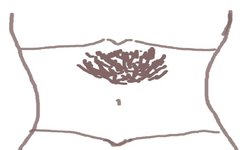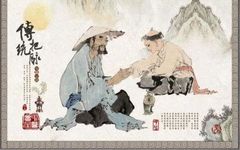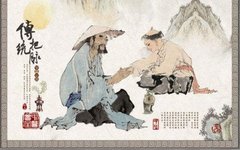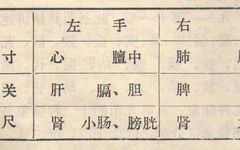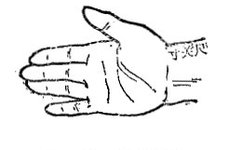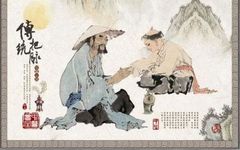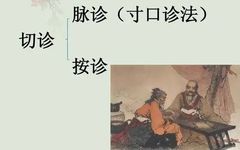The Importance of Pulse Diagnosis and Acupuncture Techniques in Traditional Chinese Medicine
Lu Shouyan (1909-1969), male, from Kunshan, Jiangsu Province. His father, Li Peiqing, was renowned for his gold needle technique. Lu inherited his family teachings and excelled in his studies, starting his medical practice in 1927. He published articles in newspapers under the title “Yan Lu Medical Talks,” advocating for acupuncture medicine. In 1948, he co-founded … Read more



